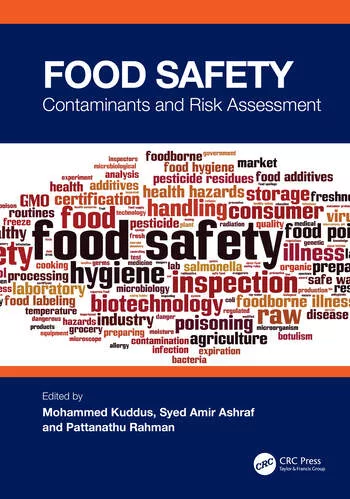Food Contamination Claims: What You Need to Know

Insurance is a critical risk management tool that all companies in the food industry should employ to protect themselves against the risk of food contamination claims. However, recent lawsuits involving disputes over insurance coverage for food contamination losses demonstrate that executives at food companies can and should do more to protect themselves against the risk of an uncovered claim by paying careful attention to the fine print when purchasing commercial general liability (CGL) and commercial property insurance policies, and by negotiating coverage enhancements to fill potential gaps in coverage. Moreover, the manner in which a claim is characterized when submitted to an insurer can often make the difference between a covered and uncovered claim. Policyholders who are concerned about contamination and recall liabilities should therefore work closely with their brokers and experienced coverage counsel to obtain the most pro-policyholder language available to maximize coverage in the event of a loss, and to avoid pitfalls that could defeat coverage when submitting a claim.
While every food company should purchase CGL coverage to protect itself against the risk of third-party foodborne illness claims, virtually all CGL policies contain standard policy exclusions that are designed to exclude coverage for certain types of claims that otherwise might be covered. In addition to these exclusions, recent case law shows that companies should be wary of other hidden policy exclusions and limitations to coverage. For example, self-insured retentions, per-occurrence limits, exclusions for claims arguably arising from “your work” and hidden definitions of the term “occurrence” in “batch-lot” endorsements may operate to expand or limit coverage, depending on the facts of a particular claim and policy wording. CGL and accidental contamination policies also may not cover third-party claims for reputational damages or lost sales following a high-profile contamination event.
Another critical component of any food company’s risk management strategy should be first-party commercial property coverage. As with CGL policies, recent cases demonstrate that the availability of coverage under these first-party policies often hinges on courts’ interpretations of policy exclusions that may apply to contamination.
Finally, while all food companies should include CGL and Commercial Property policies as part of their overall risk management strategy, these policies may not provide adequate coverage for certain types of risks, such as the cost of voluntary product recalls that are becoming increasingly common following the passage of the Food Safety Modernization Act. Other types of first party insurance such as product recall and accidental contamination/malicious product tampering overage are increasingly available to help fill gaps in traditional CGL and commercial property coverage. However, the scope of coverage available under these relatively new produces varies widely, and at least some courts have found that these policies do not cover costs associated with “voluntary” recalls. To maximize coverage, food companies should always work closely their brokers and outside counsel when purchasing policies to examine the fine print and negotiate coverage enhancements if necessary.
Meghan Magruder, Shelby Guilbert and Jessica Sabbath are attorneys at King & Spalding.
Looking for quick answers on food safety topics?
Try Ask FSM, our new smart AI search tool.
Ask FSM →








